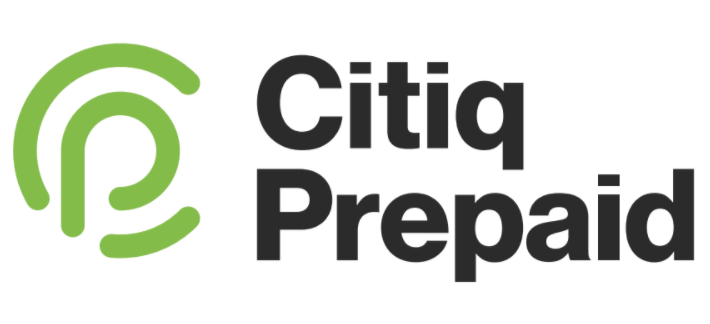It is estimated that as many as 80% of people in the world have access to electricity, with urbanisation driving demand and causing the biggest increase in the last decade. In some countries, like China, the portion of people with access to electricity is as high as 99% with an average household size of 3 people. In India, it is closer to 95% and in Nigeria, it is about 60%, both with an average of 5 household members. The distribution of electrified households, therefore, tends towards wealthier countries rather than the population in general. In 2018 it was reported by the World Bank that South Africa had 91.23% electrified households.
When compared to global electricity prices, South Africans seem to have relatively cheap electricity. However, when you compare what we pay to our other peers in emerging markets like Russia, India, and China, we’re on the expensive side of the spectrum again.
Based on recent studies done on the cost of electricity, we’ve listed a selection of countries to show you how much you’d pay per kWh in Rands:
| Country | Cost per kWh | Currency | Cost in Rands* |
| South Africa | 1.16 | ZAR | R1.16 |
| Zimbabwe | 1.08 | Zim Dollar | R0.05 |
| Angola | 11.826 | Kwanza | R0.33 |
| Mexico | 0.793 | Pesos | R0.61 |
| Russia | 3,84 – 5,03 | Russian Ruble | R0.87 – R1.14 |
| Fiji | 0.16.34 | Fijian Dollar | R1.29 |
| China | 0.530 | Renminbi | R1.30 |
| Argentina | 5.850 | Pesos | R1.32 |
| India | 6.040 | Rupee | R1.38 |
| Chile | 71.43 | Chilean Pesos | R1.55 |
| New Zealand | 0.16.88 | New Zealand Dollar | R1.93 |
| Canada | 0.174 | Canadian Dollar | R2.23 |
| Brazil | 0.784 | Brazilian Real | R2.43 |
| UK | 0.14.40 | Pound Sterling | R3,14 |
| Kenya | 23.480 | Shilling | R3.64 |
| Italy | 0.23.41 | Euro | R4,58 |
| Jamaica | 41.828 | Jamaican Dollar | R4.65 |
| Samoa | 0.79 | Tala | R5.07 |
| Germany | 0.30.43 | Euro | R6.17 |
*Please note: The conversions have been rounded up or down. Due to inflation and the exchange rate, the numbers will differ year to year and even month to month.
Calculating South African electricity costs
Depending on your location within South Africa, electricity costs can vary. Power is provided to the end user by the relevant municipality or even Eskom themselves, with each provider setting their own local tariffs, within NERSA (National Energy Regulator) guidelines. This results in a wide range of tariffs from as little as R1,24 to over R1,85 ex VAT depending on the exact location of the property. Also note that some providers work on ‘volume-based’ pricing (Incline Block Tariff), which means the cost increases the more you purchase within a calendar month. For example, there could be different rates for the first 500 units, 1000 units, 2000 units and units over 3000. This is why, for these tariffs, electricity generally costs more when purchased on the 26th of the month than on the 2nd. Read this article for more information on Incline Block Tariffs.
When comparing electricity costs around the world, it is important to remember that electricity tariffs are dependent on many factors, such as the price of power generation, government taxes or subsidies, distribution infrastructure, multi-tiered industry regulation etc. Tariffs can also differ depending on the type of building i.e. residential, commercial, and industrial.

